
views
Luring Outdoor Cats
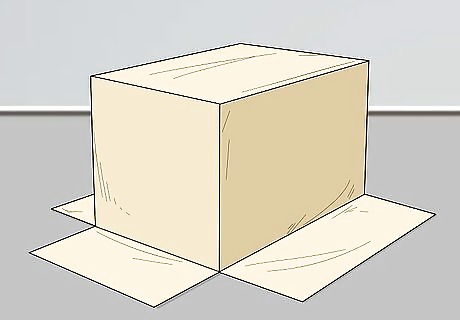
Place a pet carrier or upside-down box outside. Use a small pet carrier for a cat that you already own, or use a cardboard box large enough for a cat to fit in. Flip the box upside down and use a pair of scissors or a utility knife to cut a 1 by 1 ft (30 by 30 cm) hole so a cat can fit inside. Pet carriers can be purchased online or at your local pet store. If you use a pet carrier with openings on top, weight a blanket on top to make the enclosure dark.
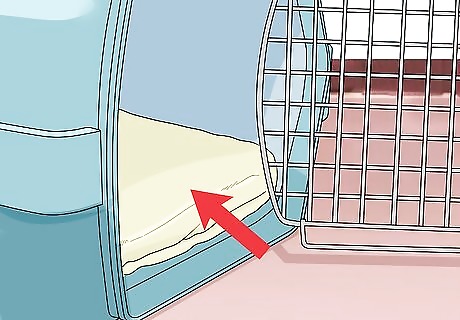
Line the bottom with soft bedding. Use a fleece blanket or a similar soft fabric on the bottom of the enclosure to make it more comfortable for the cat. Use extra fabric so the cat is able to cover itself without pulling the bedding off of the floor.

Sprinkle catnip inside the enclosure. Catnip is an herb that attracts cats and gives them a “high.” Pinch some catnip between your fingers and sprinkle it on the bedding. For added effect, spread a little bit around the outside of the enclosure so cats can smell it from a distance. Catnip can be purchased at your local pet store or grown at home.
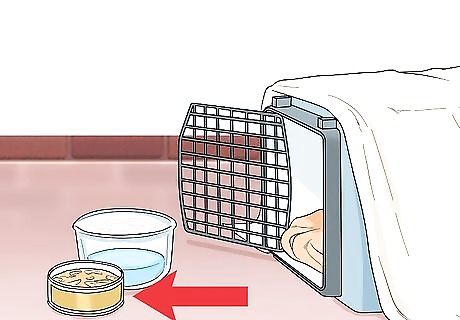
Use a can of wet food or tuna. Cats can smell wet foods easier than they can smell dry foods. Once the can is opened, set it on the ground of the enclosure. A cat may come when it’s ready to eat. Keep a few extra cans in your pantry so you always have food when you need it. Try different flavors of cat food to see what attracts the cat the most. Let the cat eat without handling it. If it is an unfamiliar cat, leave it completely alone while it’s feeding. Talk at a normal volume around the cat so it can get used to your voice and associate it with feeding and good behavior.
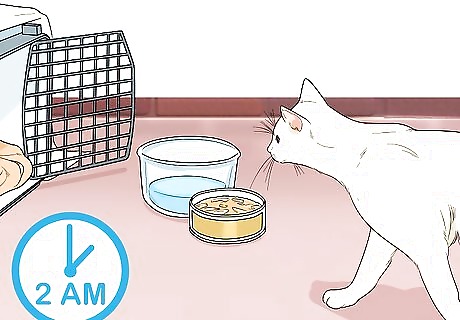
Watch for cats around 2 AM. Many cats are active while humans are asleep since they will be searching for food. Keep an eye on the enclosure to see if any cats come for the food or for a place to sleep.
Making a Shy Cat Trust You

Don’t make loud noises in the same room as a cat. Avoid using vacuums, loud toys, or even brooms in the same room as a cat. Turn the volume of your music or TV to a reasonable level so the cat can get used to the common sounds of your home. While everything may sound like a lower volume to us, they are very loud to a cat’s sensitive ears. If you need to clean in the same room as a cat, just be mindful of the noises you’re making so you don’t frighten them.
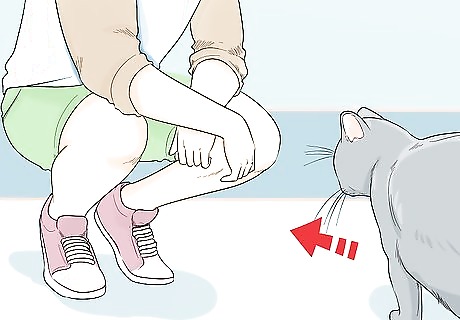
Allow the cat to come to you. Sit still as the cat approaches you so it has a chance to get used to your scent and know that you will not harm it. Give the cat a chance to get used to you without attempting to handle it. You can either stand, sit, or lay down as a cat approaches you, but be sure not to make any sudden movements.
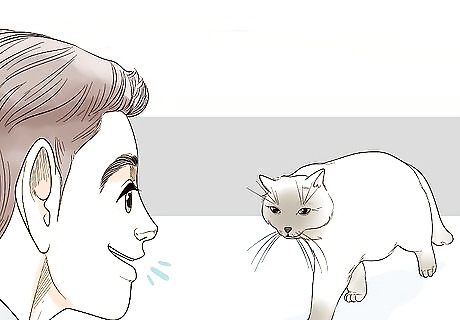
Speak in a calm voice. Talk at a normal volume and avoid using baby talk or a high-pitched voice while addressing your cat. Loud noises will spook the cat, so avoid yelling while you’re around it. As you speak to your cat more, it will start to have a sense of security around you.

Pet the cat slowly and watch its body language. Make slow and predictable movements so you don’t startle the cat. Start petting it on its back and slowly work towards scratching behind its ears. If your cat tenses up or raises its hair, stop petting it and let it calm down.
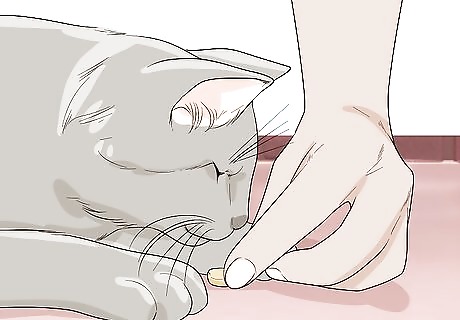
Give the cat treats after good behavior. As the cat gets used to you, give it a small treat as a reward. As it starts to grow closer to you, it will associate their good actions with one of their treats and continue to repeat them. Keep treats near you to attract the cat and associate you as a safe person. Don’t pet it as it eats or you may startle it.
Getting Your Lost Cat Back Home
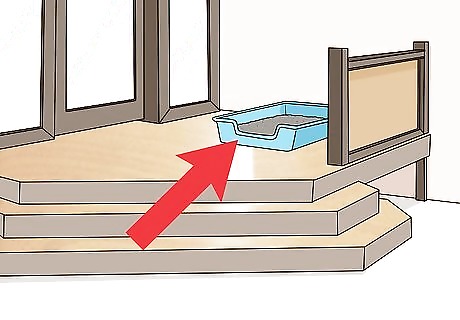
Place your cat’s soiled litter outside. If you’re trying to get a lost cat back home, set the litter box just outside near your home. Your cat may smell it and come back since this is where it is comfortable doing their business. Make sure the litter has been used so your cat can smell it. Fresh litter will not work as effectively. Place a T-shirt or clothes you’ve worn recently near the litter so your cat is attracted to your scent.
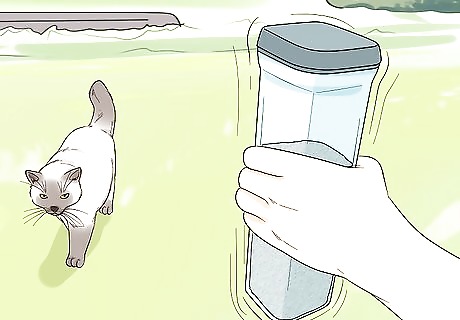
Shake a container of treats to draw them closer. If the cat is trained or housebroken, it may recognize the sound of their treats. Jostle the container so it makes a noise and see if the cat comes closer. Cats associate treats with good behavior if they’re trained well.

Call the cat’s name. Use your regular voice when you say its name so you don’t startle it. Cats will recognize their owner’s voice and may come back when they hear you calling them. Have a treat ready so if the cat comes to you, you can reward it for good behavior.



















Comments
0 comment